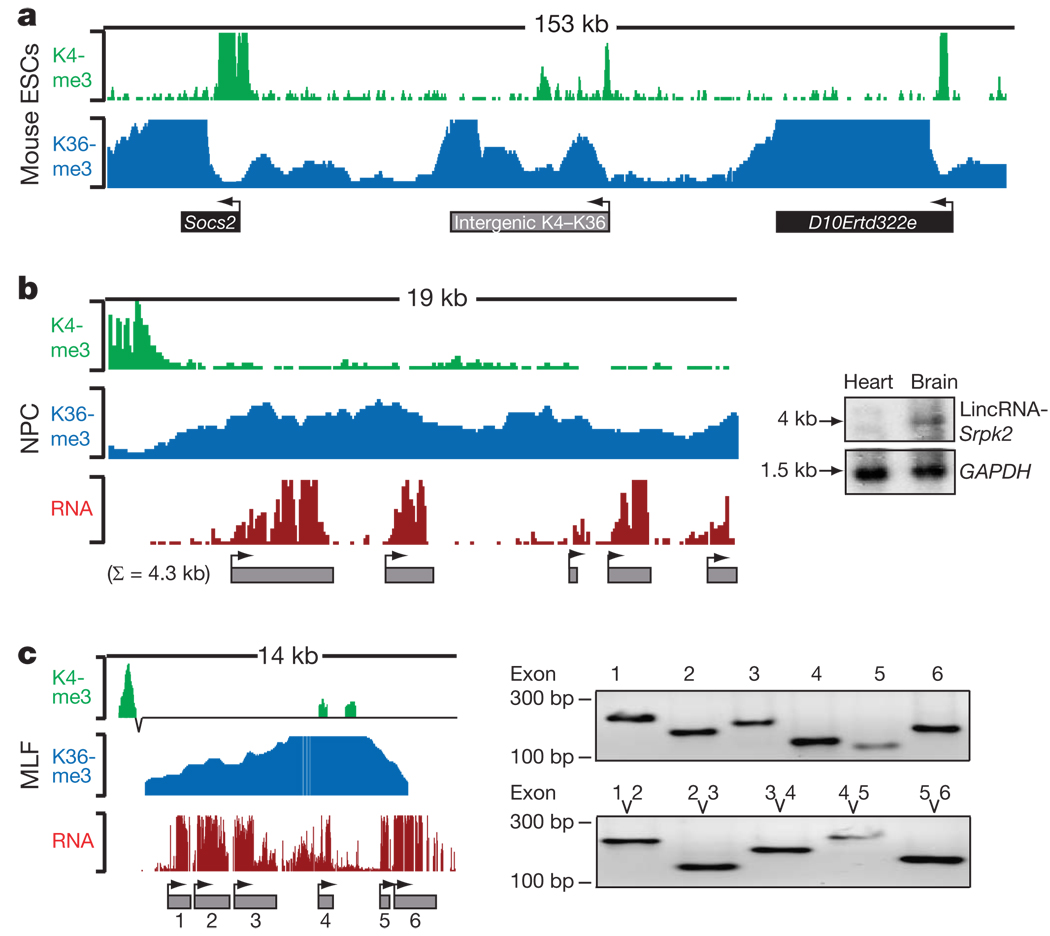Figure 1. Intergenic K4–K36 domains produce multi-exonic RNAs.
a, Example of an intergenic K4–K36 domain and the K4–K36 domains of two flanking protein-coding genes. Each histone modification is plotted as the number of DNA fragments obtained by ChIP-Seq at each position. Black boxes indicate known protein-coding regions and grey boxes are intergenic K4–K36 domains. Arrowheads indicate the orientation of transcription. b, Intergenic K4–K36 domains were interrogated for presence of transcription by hybridizing RNA to DNA tiling arrays. The RNA hybridization intensity is plotted in red. RNA peaks were determined and are represented by grey boxes. The presence of a spliced transcript was validated by hybridization to a northern blot (right). c, Connectivity between the inferred exons was validated by PCR with reverse transcription (RT–PCR). Right top shows RT–PCR validation of each exon, right bottom shows RT–PCR across each consecutive exon.

